Hiking in protected areas gives the hiker a large and varied selection of great hiking opportunities. For many hikers, going out into the wilds and mountains isn’t high on their list of to-do’s.
While some, like myself, love to push the boat out and truly get out into the lesser known wilds, for many this just isn’t enjoyable and they’d rather stay within well known and protected areas. These types of areas are usually very well managed and looked after and so have lot’s of amenities, man-made trails, etc.
Today I wanted to take a look at some of the many and varied options available in this sphere.
National Parks
Right at the top of the list is of course National Parks e.g Yosemite in the U.S., the Alps in Europe, etc. Most countries have their own designated national parks which are will vary in size and function.
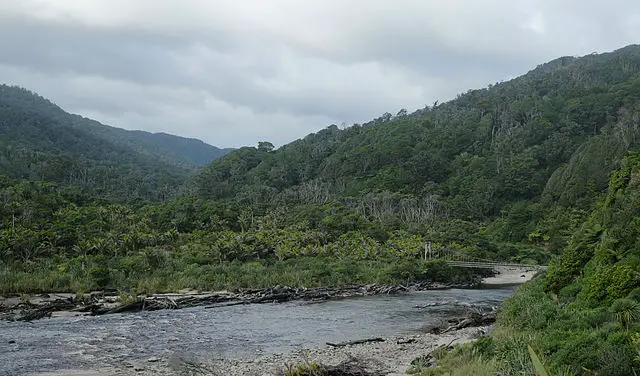
Some will have plenty of hiking trails clearly mapped out for your enjoyment while others will be more rugged and untouched, most will have a mix of both. National parks are usually always areas of outstanding natural beauty so its more or less guaranteed that you will get to hike in some of the most majestic and beautiful scenery in the area.
Some National Parks require permits to hike in them and busier times of the year, these can be harder to get and limited to certain numbers, so be sure to check in advance to not be disappointed on arrival.
Forest and Reserves
These are usually a lot more available than national parks simply because there are more of them. It is quite common to find smaller forest 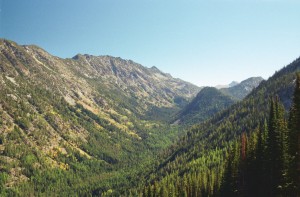 reserves on the outskirts of cities.
reserves on the outskirts of cities.
The nature of these locations can vary significantly. For example, some forests may be used for commercial purposes and so active forestry management for lumber may be ongoing. Therefore related activities will be happening e.g. chopping down trees, etc.
Forests do provide their own unique beauty to hike in and a hiker can easily lose themselves in the varying types of trees and shrubs. Personally, I find that you can really get the feeling of getting away from it all hiking in a forest while you’re still right beside a city and I find the forest doesn’t even need to be that large to have that effect. When you’re surrounded by trees it’s like you’re a million miles away from the hustle and bustle of the city that may only be a few miles away.
Of course, it can’t take the place of the wilderness and the mountains, but it still can be very enjoyable to hike in.
Wilderness Areas
More for the advanced hiker, wilderness areas are similar to national parks, and can form part of them, but are usually much more extensive. Therefore, good navigation, mountaineering and outdoor skills are essential if you’re not hiking with a qualified and experienced guide.
These areas are protected so no commercial activities, e.g. mining, should be happening. These area’s can also have extensive trail systems but are more often than not a mix of trails and rugged untouched terrain. Can be a real thrill to hike in!
Nature and Wildlife Reserves
The primary aim of Nature and Wildife Reserves is to provide a protected area specifically for wildlife however many of these areas do also cater for hikers and so will have specific hiking areas and trails.
As a general rule, day hiking will be the most you could expect in these areas as they will likely have quite strict rules about camping and many of them simply don’t permit it so always check in advance.
Conclusion
The above are some of the types of protected areas that are available to hike in. Most countries will have some or all of the above. You can check out whats available in your country or more specifically near you with a simple Google search.
Many times protected areas will also be intermingled with beautiful old villages, towns and land features that are a joy to come across as you hike around.
You will likely be surprised at the little gems that either aren’t too far away or are right on your doorstep. While it is unlikely for you to have a vast wilderness area close to your city or town, you could very easily have nice forest reserves or wildlife reserves quite close by.
You could be pleasantly surprised 😉
I hope you found this short post useful.
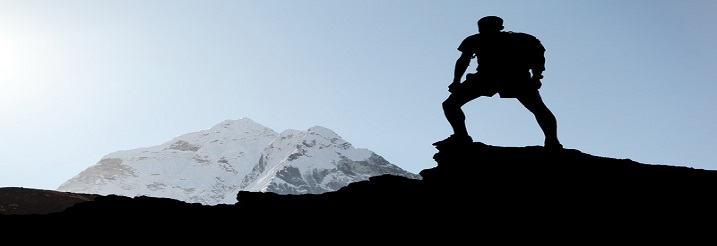
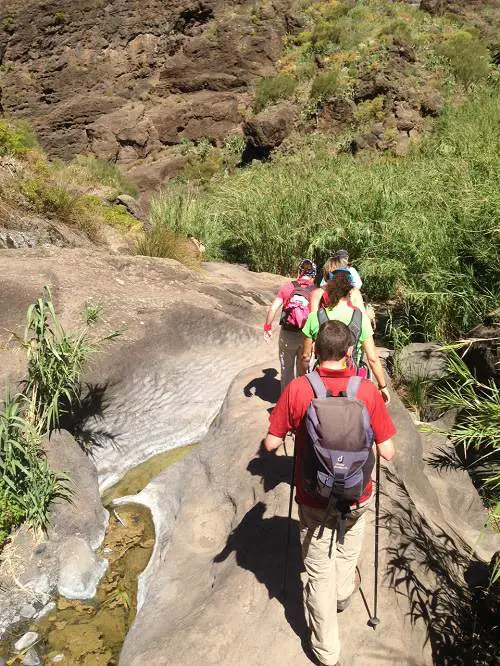


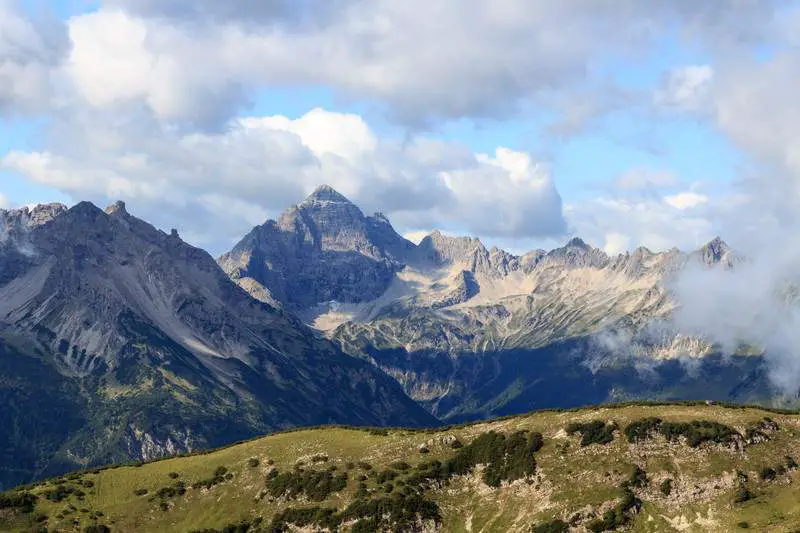
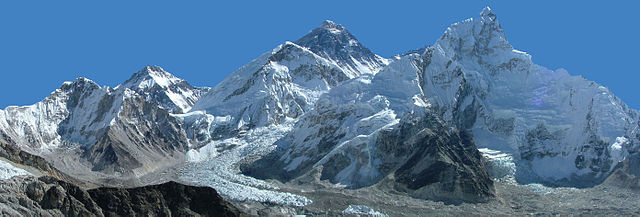
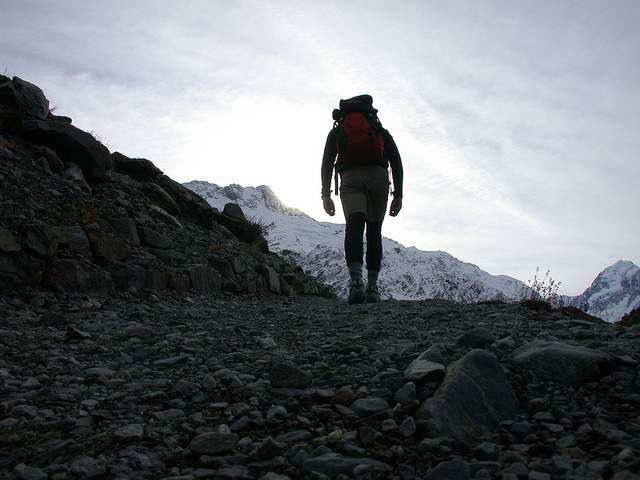
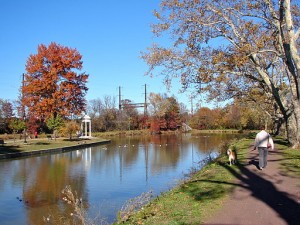 speaking, while not getting totally away from the city as such, you should be able to get yourself into an environment where you’re surrounded by the trees, a bit of wildlife and the soothing sound of running water. Not exactly open mountains but still pleasant all the same with its own set of unique and admirable qualities.
speaking, while not getting totally away from the city as such, you should be able to get yourself into an environment where you’re surrounded by the trees, a bit of wildlife and the soothing sound of running water. Not exactly open mountains but still pleasant all the same with its own set of unique and admirable qualities.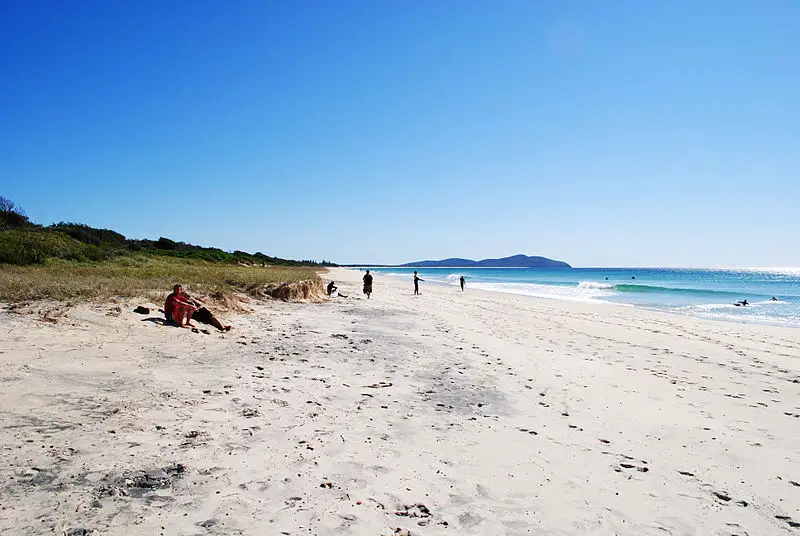
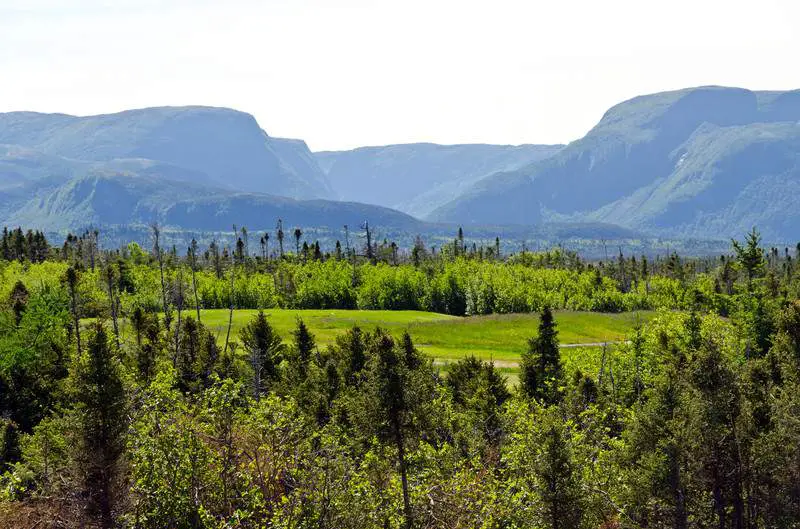
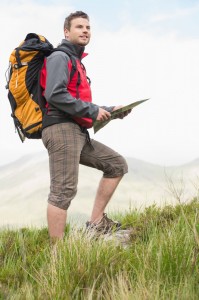
 boat out a bit more and maybe head off to the countryside to a well-established but relatively easy trail.
boat out a bit more and maybe head off to the countryside to a well-established but relatively easy trail.
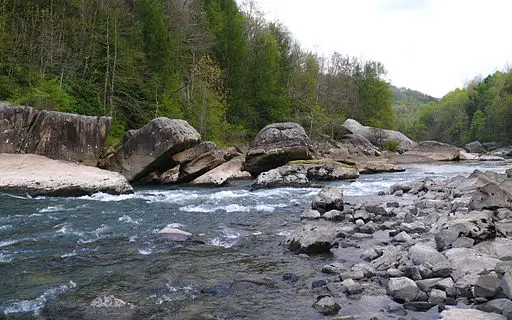
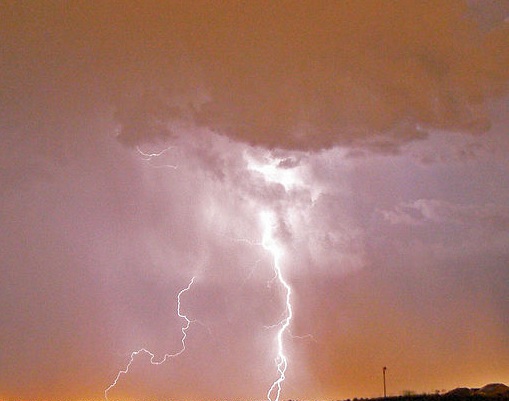
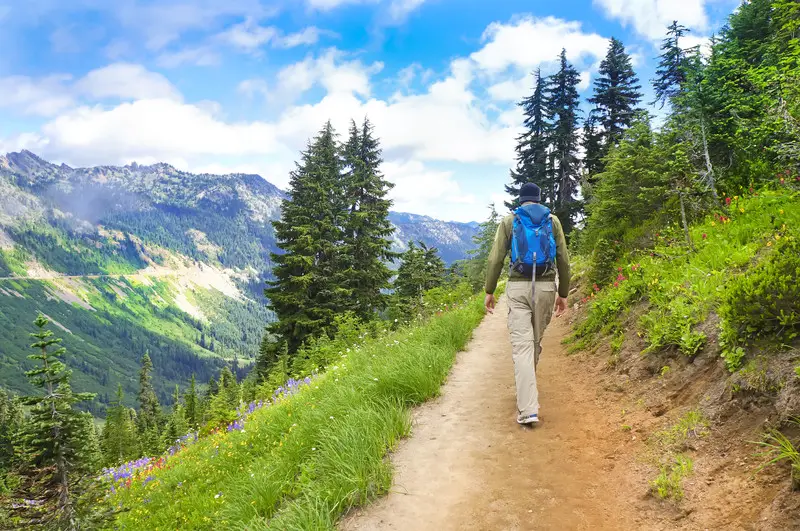

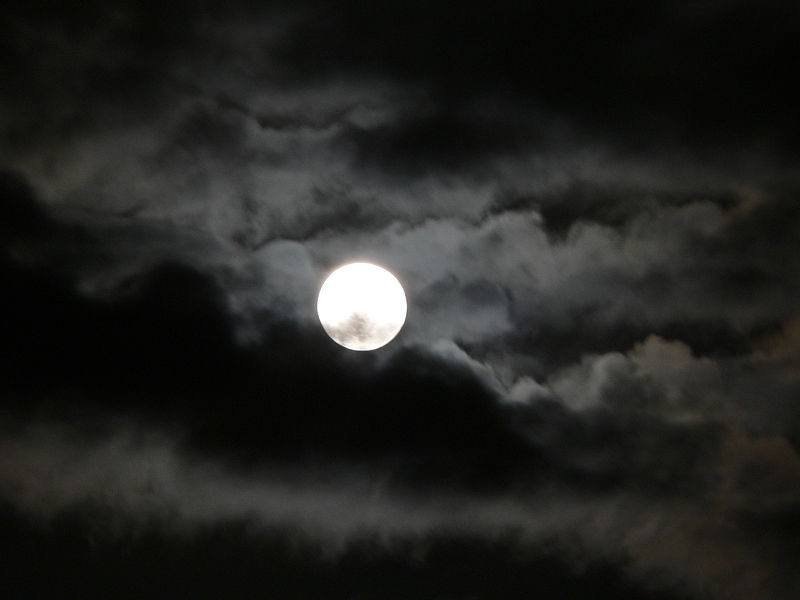
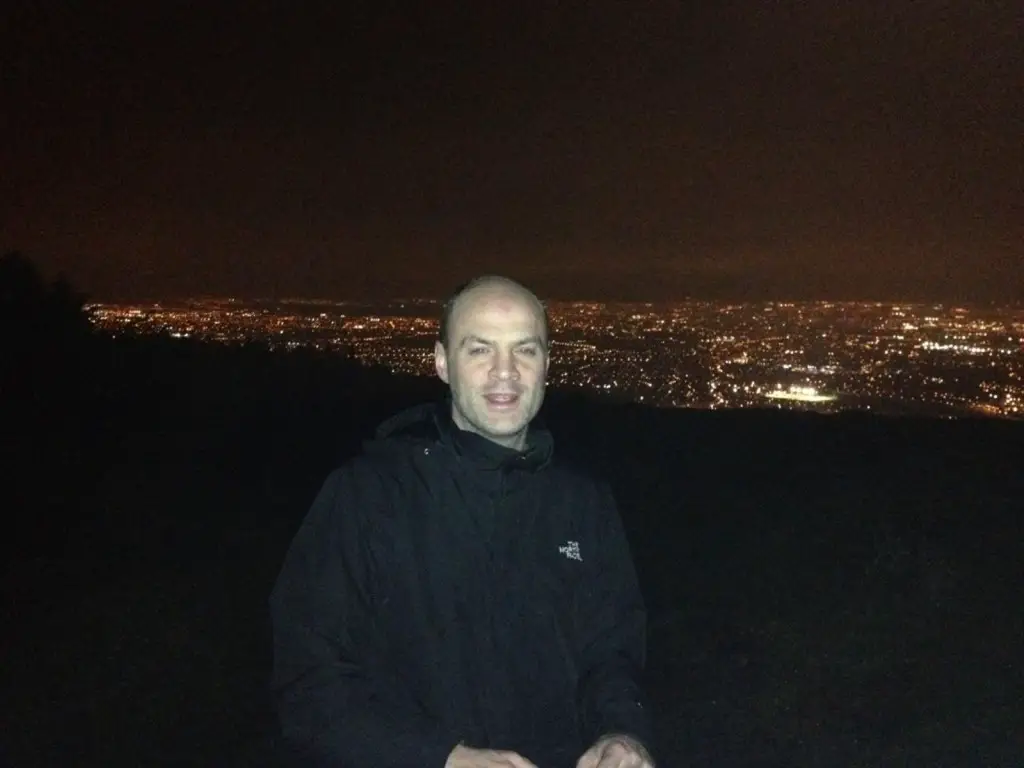


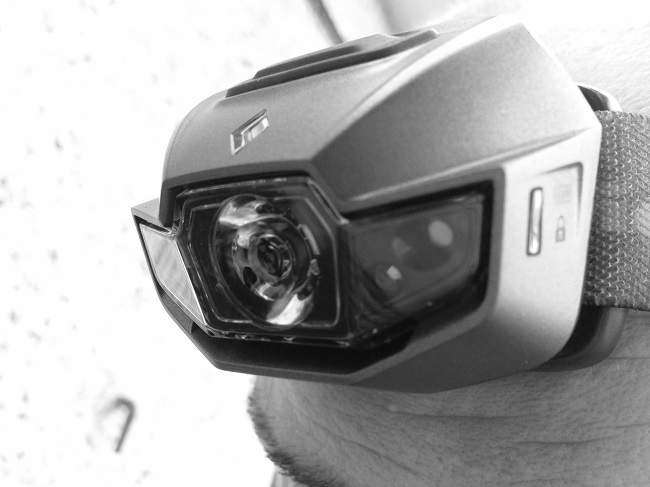

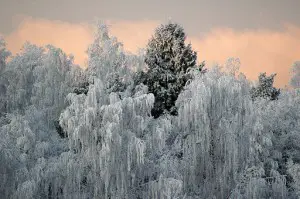
 With the depths of the winter months just around the corner, everyone should be aware of some of the unique hazards and dangers the season can bring while out hiking on the trail.
With the depths of the winter months just around the corner, everyone should be aware of some of the unique hazards and dangers the season can bring while out hiking on the trail.